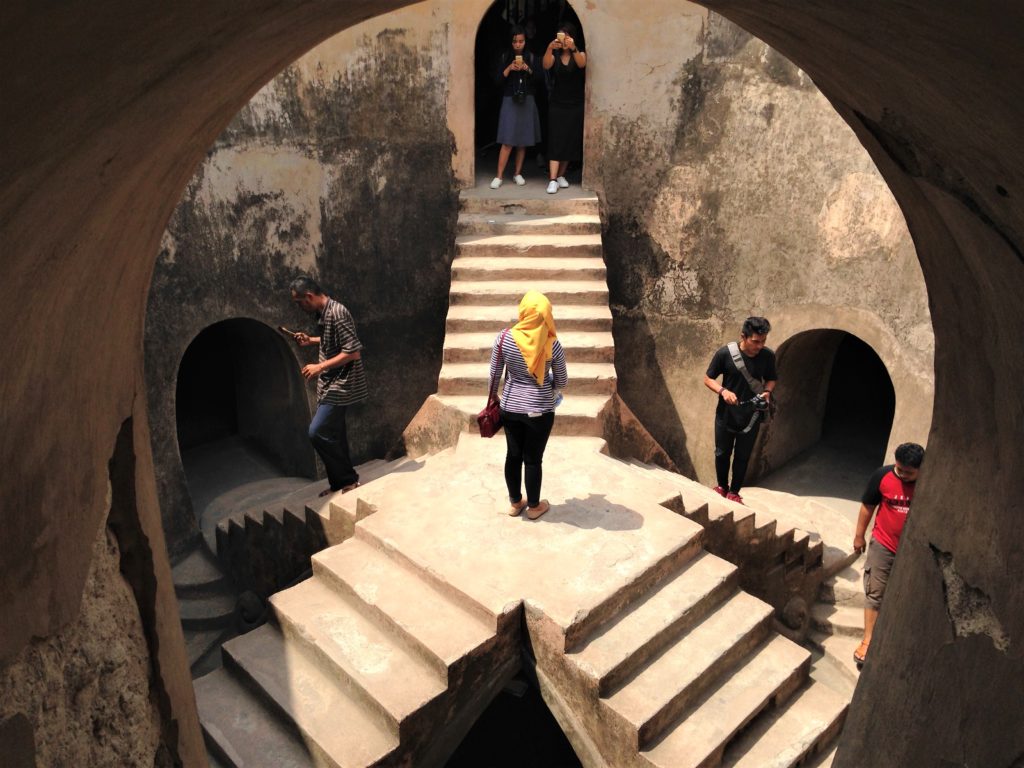
An affordable hub of culture
Yogyakarta is a peculiar province, starting from its politics. It is an autonomous region of Indonesia, where the Yogyakarta Sultanate still rules and it is the only officially recognized monarchy by the central government. This province is also deeply rich in culture and history. After my visit, I can also add that this cultural wealth is expressed in many aspects, not only confined in its museums and exhibitions.
Some aspects of culture are subtle, like the villa-style architecture of the houses, the white city walls that once protected the city core and its royal facilities, and the often-overlooked Hindu temples scattered over the land. Other more obvious elements of the cultural heritage are the astonishing UNESCO sites (described below) and the preserved buildings Dutch colonial era.

Truth be told, Yogyakarta is a must-stop point in any Indonesian and Java Island travel itinerary for its notable touristic development. It is definitely a budget-friendly destination, and probably a couple of days can be extended to a couple of weeks of leather puppet performances, temple hunting, jeep rides through active volcanic zones, fun in the sand dunes, black sand beaches and interesting street food.
How to get there
Jogja, as this special region is often referred to, is about 500 Km away from the Indonesian capital, Jakarta, and about 300 Km away from the eastern port city of Surabaya. The very decent railroad infrastructure and modern train stations, combined with its centric position, make this popular destination easy to reach by any land transport from any point of Java Island.
The train online booking service is quite efficient and widely used by locals and tourists alike, making this way of transport considerably more popular than buses. You can book your train tickets here. The booking procedure is very similar to that of airlines and, conveniently, there is an English version as well. The trains arrive at Yogyakarta Station, just a couple of minutes away from the super popular Malioboro Street.
If time is critical, Adi Sucipto International Airport (JOG) offers an even faster arrival to Yogyakarta since it is located just within the city. There are cheap domestic flights between Bali, Surabaya or Jakarta for less than USD 60. There are also quite affordable international flights from Kuala Lumpur, Singapore, and other Southeast Asian nations, some of which are direct flights.
Travel planning
For an economy travel budget consider the following expenses per day:
- Meals and snacks, around USD 10 (130,000 Indonesian Rupiahs)
- A night in a hostel is about USD 4.5 (about 60,000 Indonesian Rupiahs)
- Entrance fees within the city may vary, but nothing above USD 3 (40,000 Indonesian Rupiahs)
- My transportation of choice here is Go-Jek (both payments, through the app and cash payment, are possible). As a reference, a ride from the city center to the airport (about 10 Km) is USD 2. Other popular ways of transport are cars (rental), public buses, bicycle-rickshaws (but drivers do not speak English, and they do not have fixed prices) and scooters (rental).
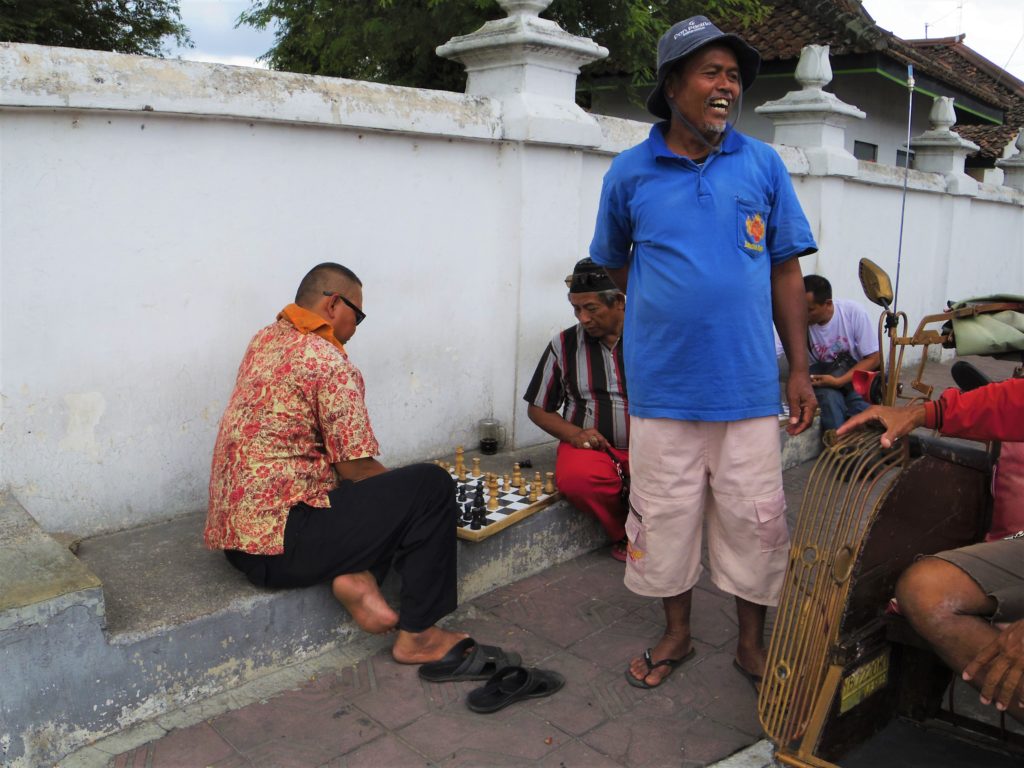
For Jogjakarta, I would recommend at least four days for a good leisure pace. Sights such as Borobudur and Prambanan take a day each since they are located out of the city. Believe me, these two are a “must” in any trip to Central Java. The rest of the time is enough to explore the city itself for its palaces, batik workshops, puppet makers and performances, street life and food vendors. The best time of the year to visit Jogja is during the dry season, that is, between April and October.
Visa wise, as a Salvadoran passport holder, I did not require a visa to enter Indonesia, so I only got a cool green stamp from the customs officer. But, since every nationality is different, I give you this super useful link where you can check your visa requirements for reference when planning your trip to Yogyakarta.
Where to go?
1. Taman Sari Complex
This site includes a bathing installation, garden areas, and a well. It is a great choice in case you want to hide from the scorching summer heat for a couple of hours, and also a cultural approach to the history of central Java. There are many stories about the purpose of this place. I, however, would easily take that this place was a resting place and hideout for the royal family due to its high external walls. A curious fact about Taman Sari is that some of its buildings are currently inhabited by locals. How cool is to live in a building with more than 200 years of history? The visits are allowed from 9:00 to 3:30, and the peak hour starts at around 11:00. The entrance is only USD 0.60.
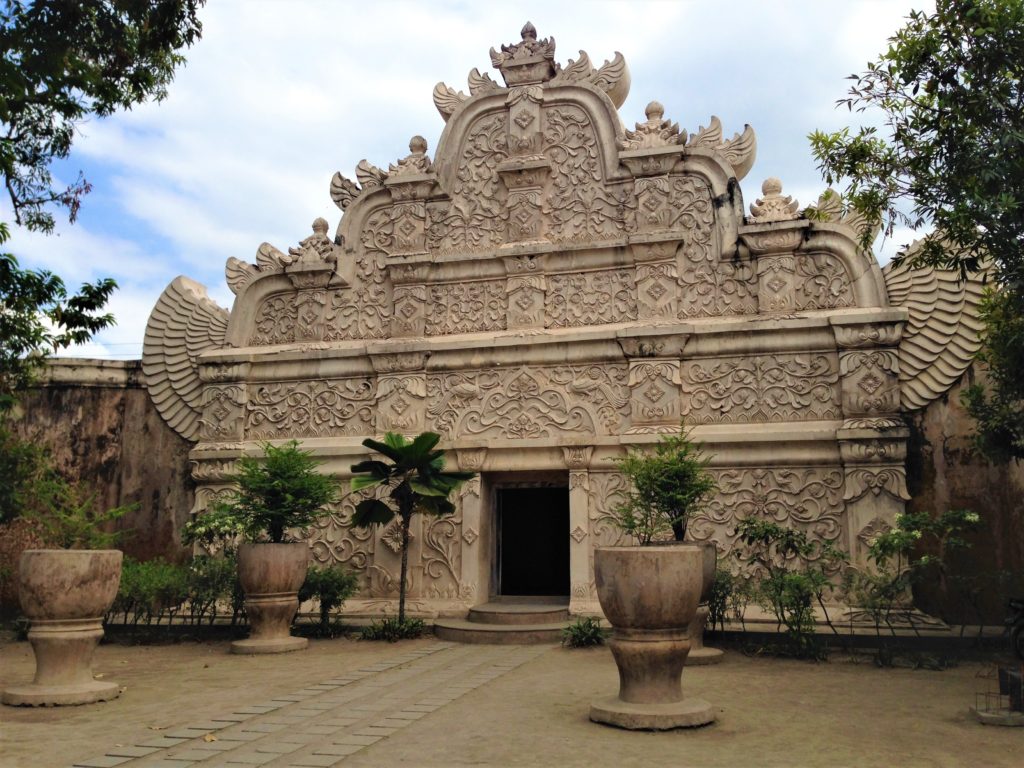
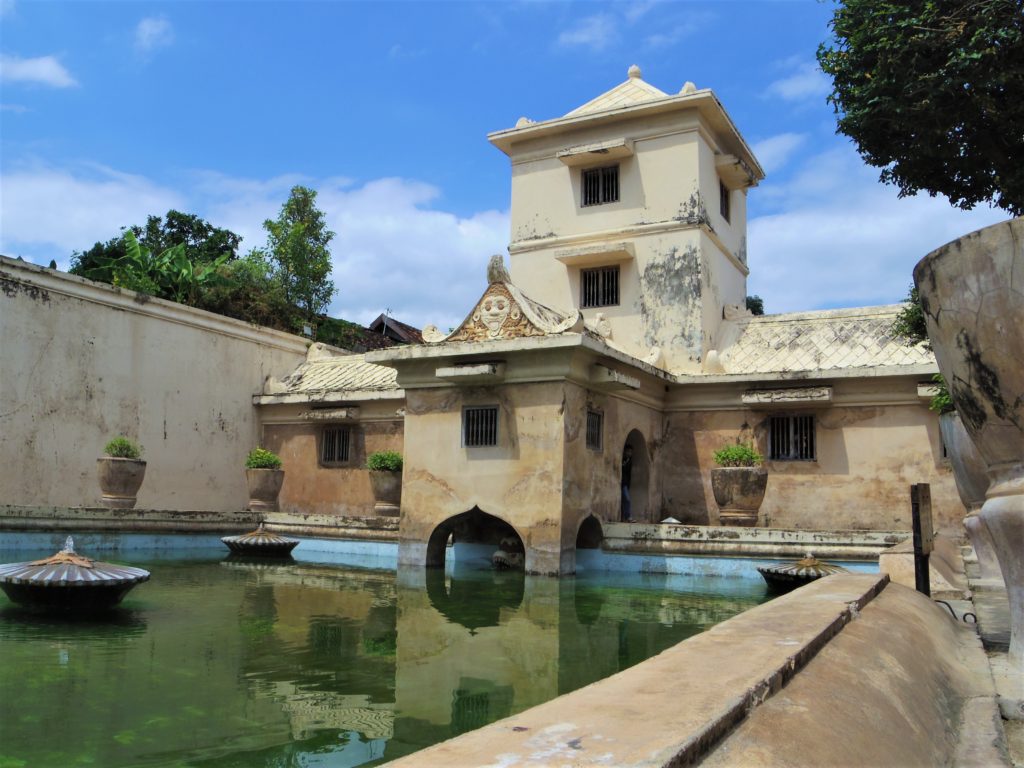
Aside from the palace itself, a big reason people come to visit the complex is Sumur Gumuling, a rounded building that served as a mosque a few centuries ago. From the water castle, the route to find this underground gem is not so obvious. One can either follow the crowd, ask the locals, or go on the adventure of finding it. The construction is simple, but quite impressive at the same time, especially the iconic group of five staircases (shown in the cover picture of this guide).
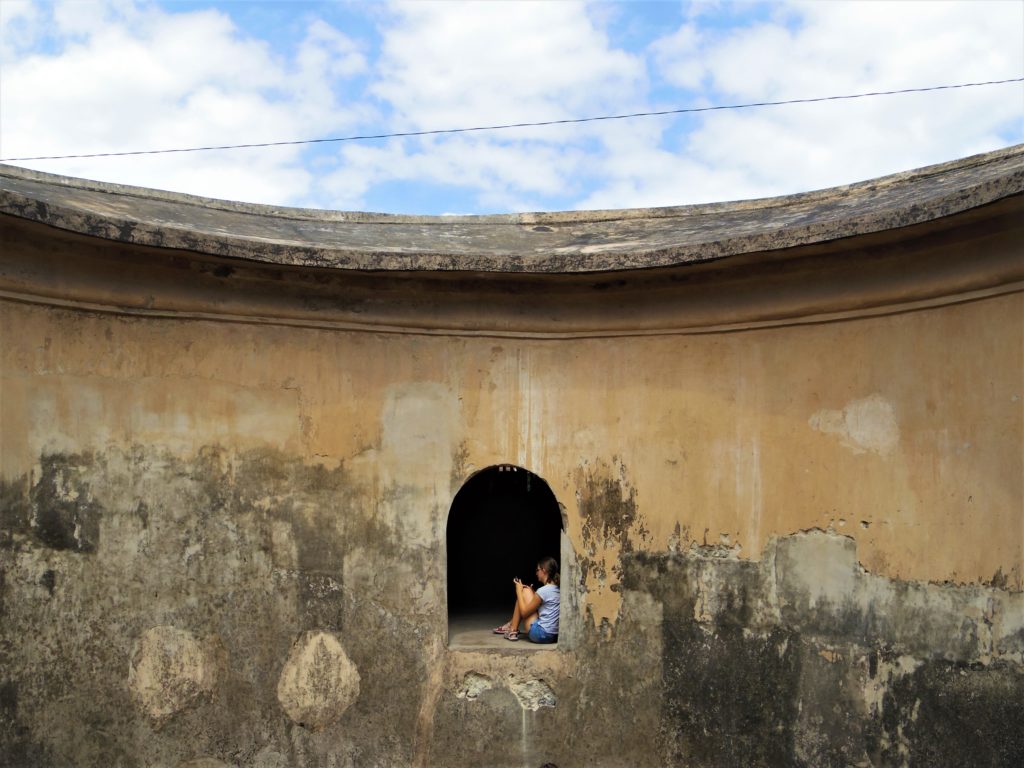
2. Evening stroll at Malioboro Street
Malioboro Street has been the pulse of trade of the city for many years and certainly has many interesting sights for everyone after the sun goes down. Horse chariots, live performances, snacks, fine restaurants, and the wide sidewalks allocating hundreds of street vendors attract visitors to walk and enjoy the lively atmosphere.
One experience that cannot be missed while strolling through Jalan Malioboro is eating street food like a local. After buying your favorite dish or the most appealing one (if you do not have a clue), sit on a traditional mat and place your plate on a low table while you enjoy the hustle of the nightlife passing by.

For the second round of snacks, keep walking south and you will reach Alun-Alun Selatan, a squared roundabout (squared, rounded…does that even makes sense?) that becomes a night market with many food stalls on the sides. There is a very peculiar attraction that the local couples and kids love here: the neon cars (picture below). When I saw them, I did not see any reason not to love them and want to ride one of those.
3. Wayang Kulit (shadow puppet performance)
This artistic expression is more than five centuries old and introduces to its viewers to the ancient Javanese culture. stories told through these performances are taken from old Javanese literature of assorted topics. The performances were once related to the introduction of Islam to Java Island as well since it was used as a channel to teach its principles to the locals of the time.
The puppets used for the performances are made out of carved leather, and they are actually never seen. What the attendees see is their shadow created by the warm light from a traditional oil lamp placed behind the stage on a screen.
This incredible storytelling show has a duration of 1.5 hours to 2 hours. Tickets are usually sold at around USD 1.50. Two popular venues to watch the performance are the Palace of Yogyakarta (every Saturday, from 22:30 to midnight) and Sonobudoyo Museum (every night, from 20:00 to 22:00).
4. Walk the streets of Yogyakarta
If you have read some of my other travel guides, you know by now that one of my favorite things to do anywhere I travel is just walking the streets of any town or city. This is a great way to connect with the locals by observing their daily life, interacting with them, and getting some food or souvenirs.
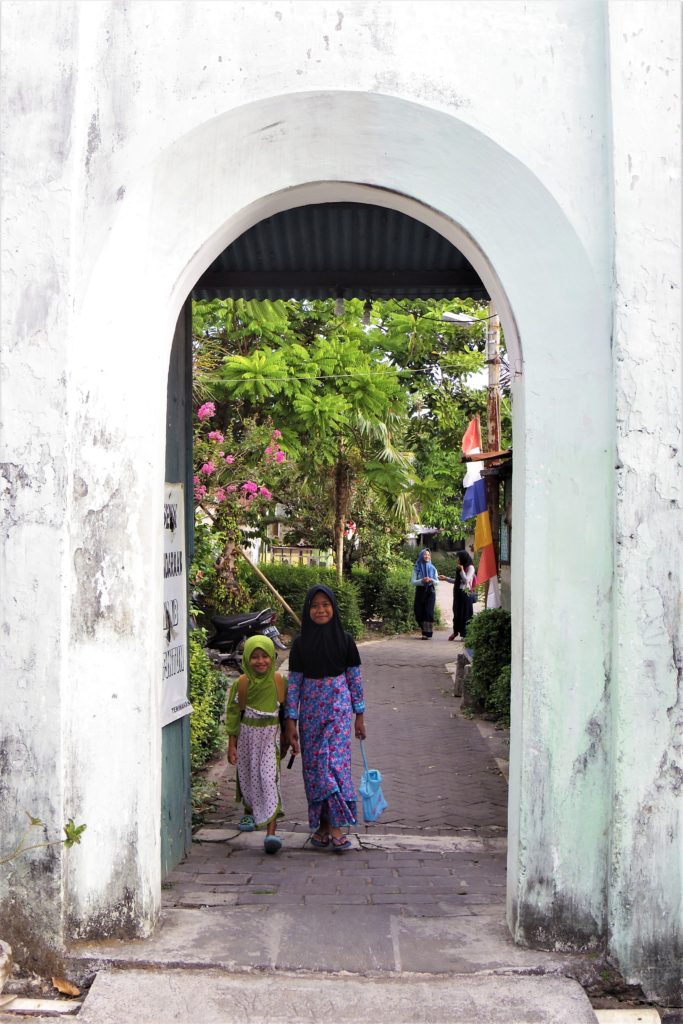
Yogyakarta has a couple of modern malls where one has access to many international west food brands in case you are a bit afraid to try the local delicacies. There are also indoor and outdoor markets selling everything, from the most basic commodities to more exotic goods (for travelers, that is) such as hijabs (the veil used by some Muslim women in public) and other traditional garments, and local handcrafts.
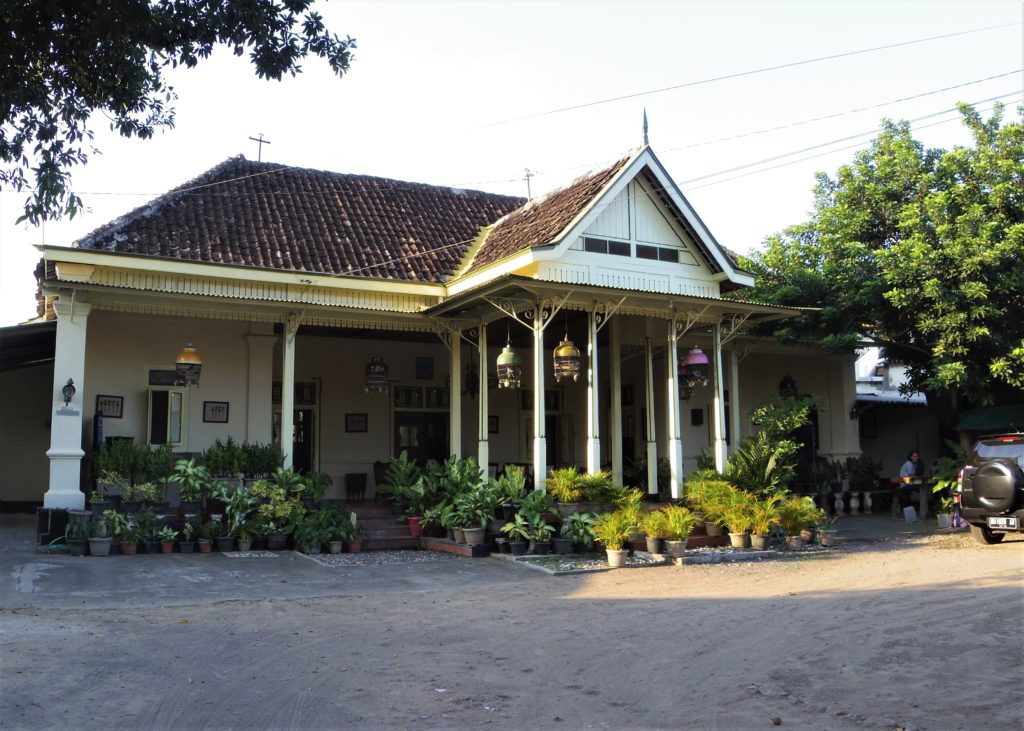
For those interested in pub crawls, it is important to note that since Indonesia is a mostly Muslim, there is no public sale of alcohol, at least not everywhere. There are specific touristic areas where pubs are clustered. Two of the most popular pub streets are Prawirotaman Street and Tirtodipuran Street, which are just next to each other.
Batik workshops are also worth visiting, even if you are not planning to buy any piece to hang on your wall or a garment to wear. The technique used to create the traditional patterns on the fabric is just hypnotizing and beautiful, and the artisans are really friendly and proud to show their skills to visitors. There are many workshop/stores scattered over the city. Since these shop owners will hardly let you go empty handed, be ready to apply any bargaining skills you might have to leave with a piece of art acquired for a reasonable price (I left with two batik pieces after my visit).

5. Borobudur
It is hard to choose where to look and not to marvel once you arrive at this place. Namely, the impressive construction of the millennial UNESCO site, or the peaceful and breathtaking green countryside surrounding the place. Borobudur hosts 432 Buddha statues, and probably the most iconic sight is the one with the stone dome-shaped encasings of those statues on the upper platforms. Once at the place, most visitors rush their way to the top of the temple to have a 360-degree view of the landscape.
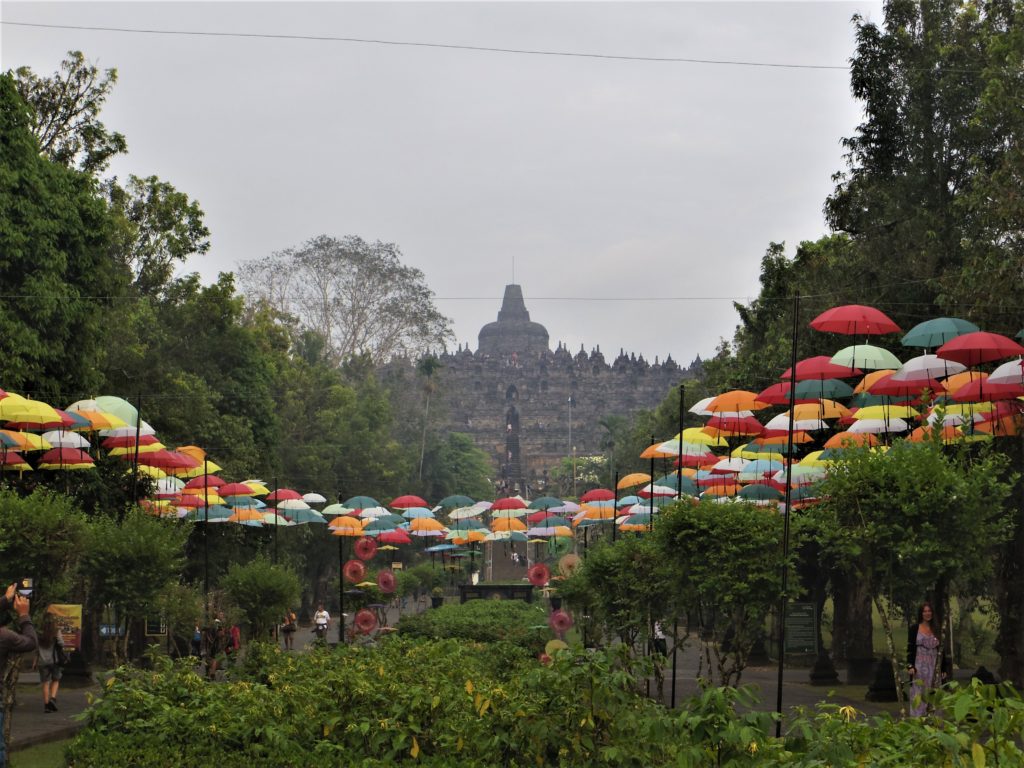
The peak hours for visitors are before the sunrise and during sunset. Checking the forecast, a couple of days before booking the tour is a smart move to make sure it is worth the effort of waking up (very) early. The transport can be booked at any hostel since they have agreements with the tour companies, and it might be the most convenient and cheapest way to get it, costing only USD 7. The Borobudur complex boasts world-class quality standards and includes souvenir stores, art galleries, museums, bathrooms, and resting areas.
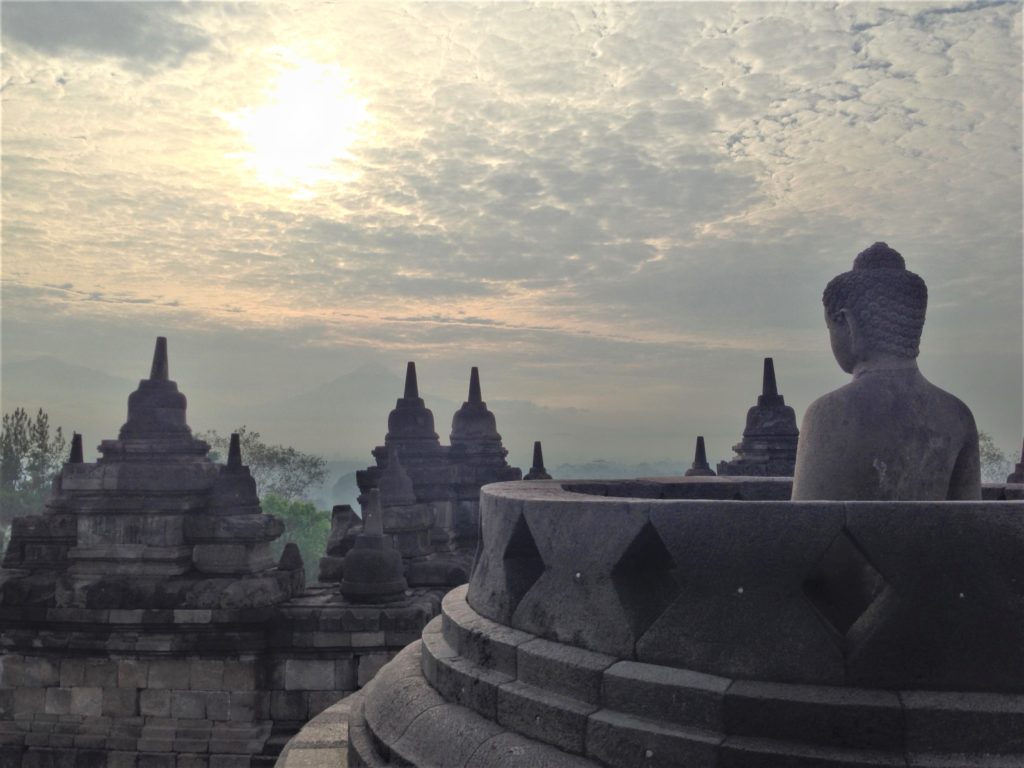
The adult entrance fee is about USD 25, but it is possible to purchase a combo ticket to see Borobudur and Prambanan, usable the same day or within two days, for USD 45. Even better, if you are a student with a valid ID it is possible to get that combo ticket, (be ready to log in to your student information system on the internet as a proof of being an enrolled, active student) for just USD 25.
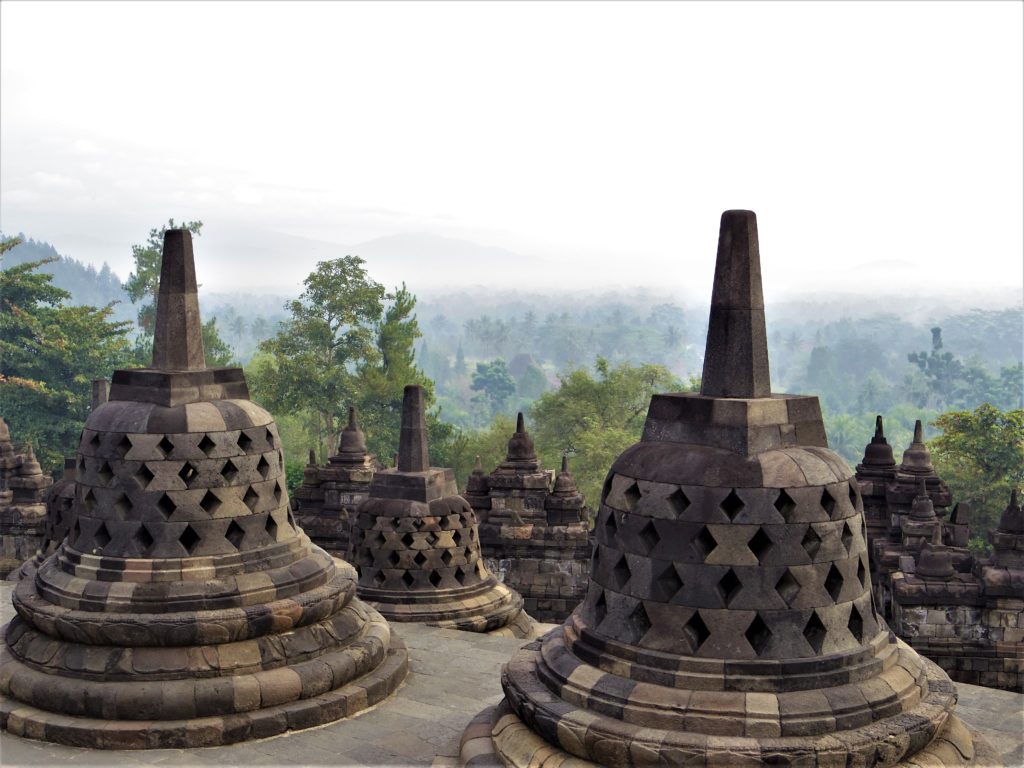
6. Prambanan
Although both sites were built around the 9th century, Borobudur is a Buddhist temple, and Prambanan a Hinduist one. From the two, Prambanan has suffered most notoriously the forces of nature. By the 16th century, it was not an important center of Hindu worship anymore, and a strong earthquake brought most of the structures to the ground, leaving this site forgotten for the next two centuries. The most recent restoration works started on the early decades of the 20th century, and are still in progress to the present.

With Borobudur at the west and Prambanan at the east of Yogyakarta, trying to visit both on the same day by yourself is not an easy thing and probably quite inefficient. However, as I said above, arranging the combo tour at your hostel to both complexes is the way to go. The adult entrance fee to Prambanan is similar to that of Borobudur, about USD 25, but as I mentioned above, one can get a combo ticket and visit both sites for a lower price.
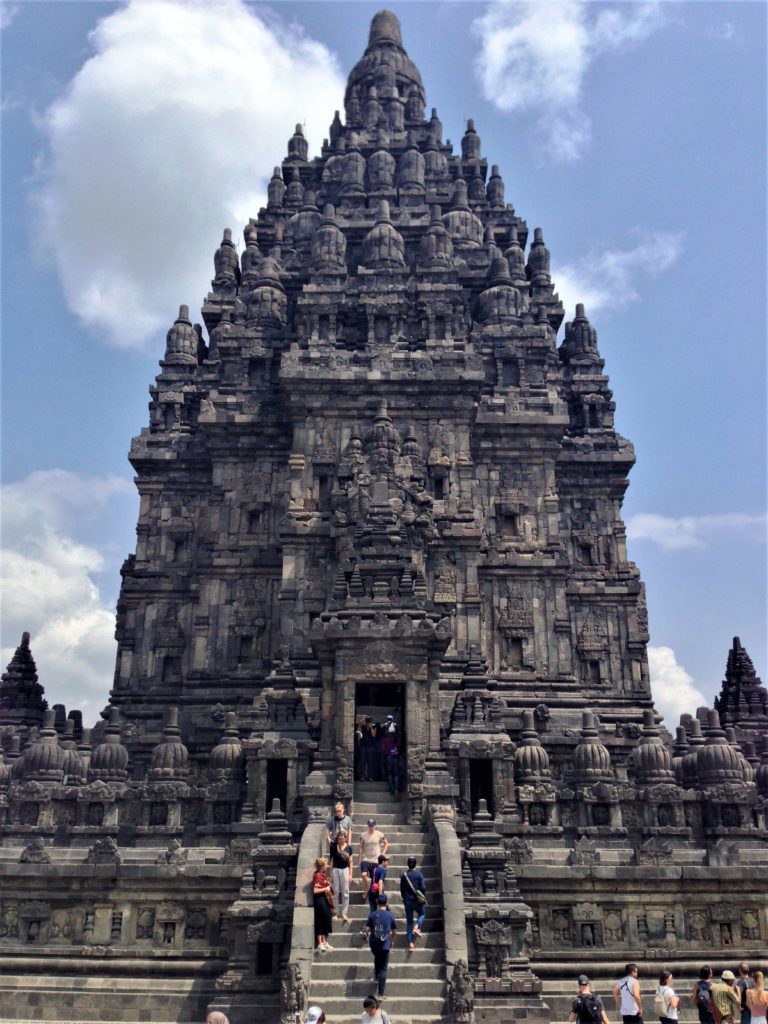
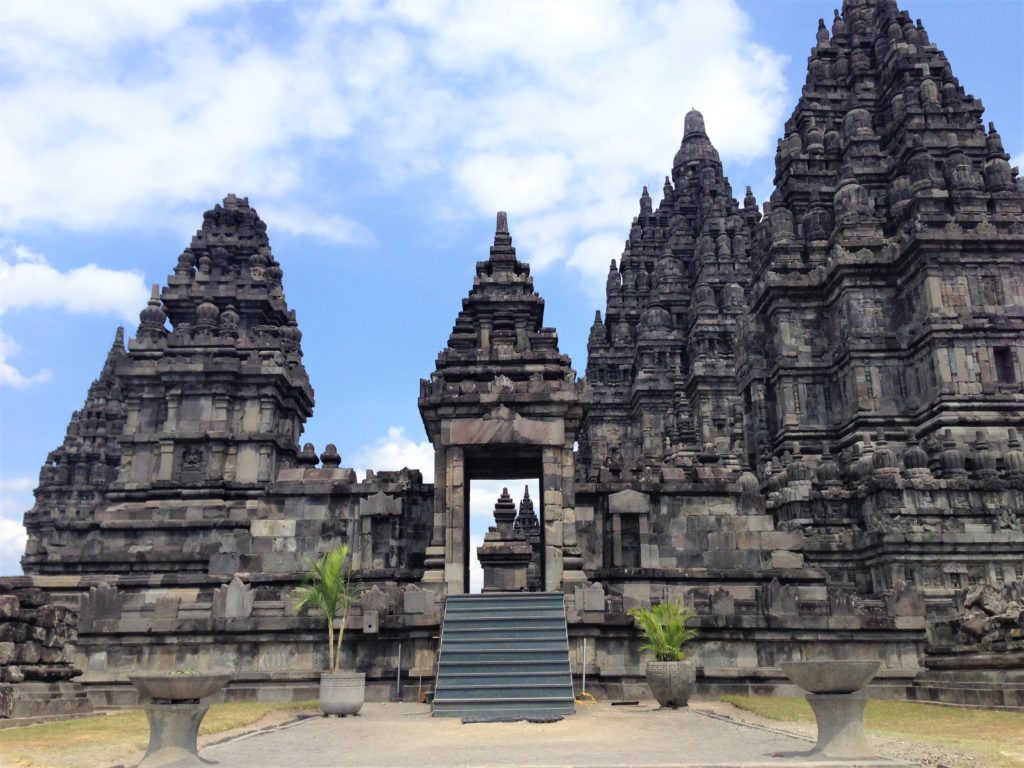
7. Temple hunting
For good or bad, Prambanan is the most popular Hindu site in the central region of Java Island. Yet, there are several other similar, smaller archeological sites of this kind that can be reached by scooter at any time of the day. The thrill of exploring these places with really few people or just empty is truly amazing. Perfect for photography, a quiet appreciation of the careful craftsmanship used to build these temples, or just lay down and have a nap. The best thing is that in most of them there are no entry fees.
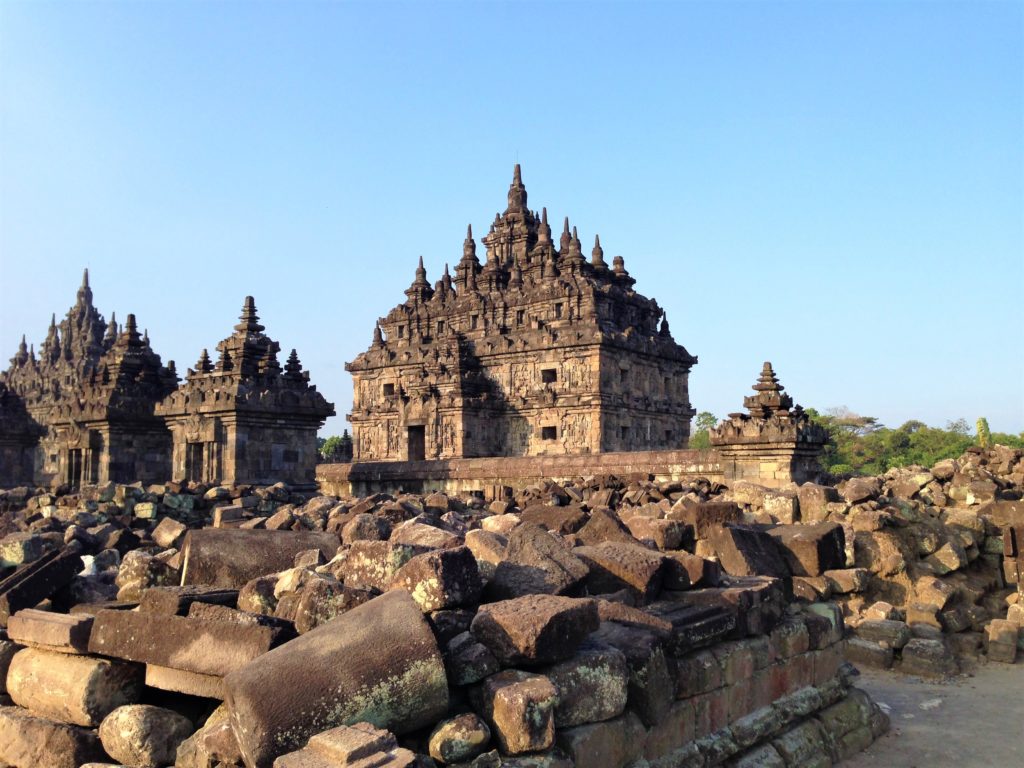
Some of those temples are Sari Temple, Ratu Boko, Ijo Temple (incredible view of the city of Yogyakarta), and Plaosan Lor Temple.
Further adventures
Surely, Yogyakarta has much more to offer in case you have some extra days to spare. The Palace of Yogyakarta, Fort Vredeburg Museum, Pasar Beringharjo or Gembira Loka Zoo are great options to complement the cultural tour in Central Java.
Final comments
The special administrative region of Yogyakarta is a place where entertainment is closely tied with rich cultural exposure. The affordable life expenses and hospitality of its residents often make travelers consider staying longer than planned. For more portraits of this lively city where leisure can be found on the colorful streets as well as in centuries-old temples and palaces, check this gallery.